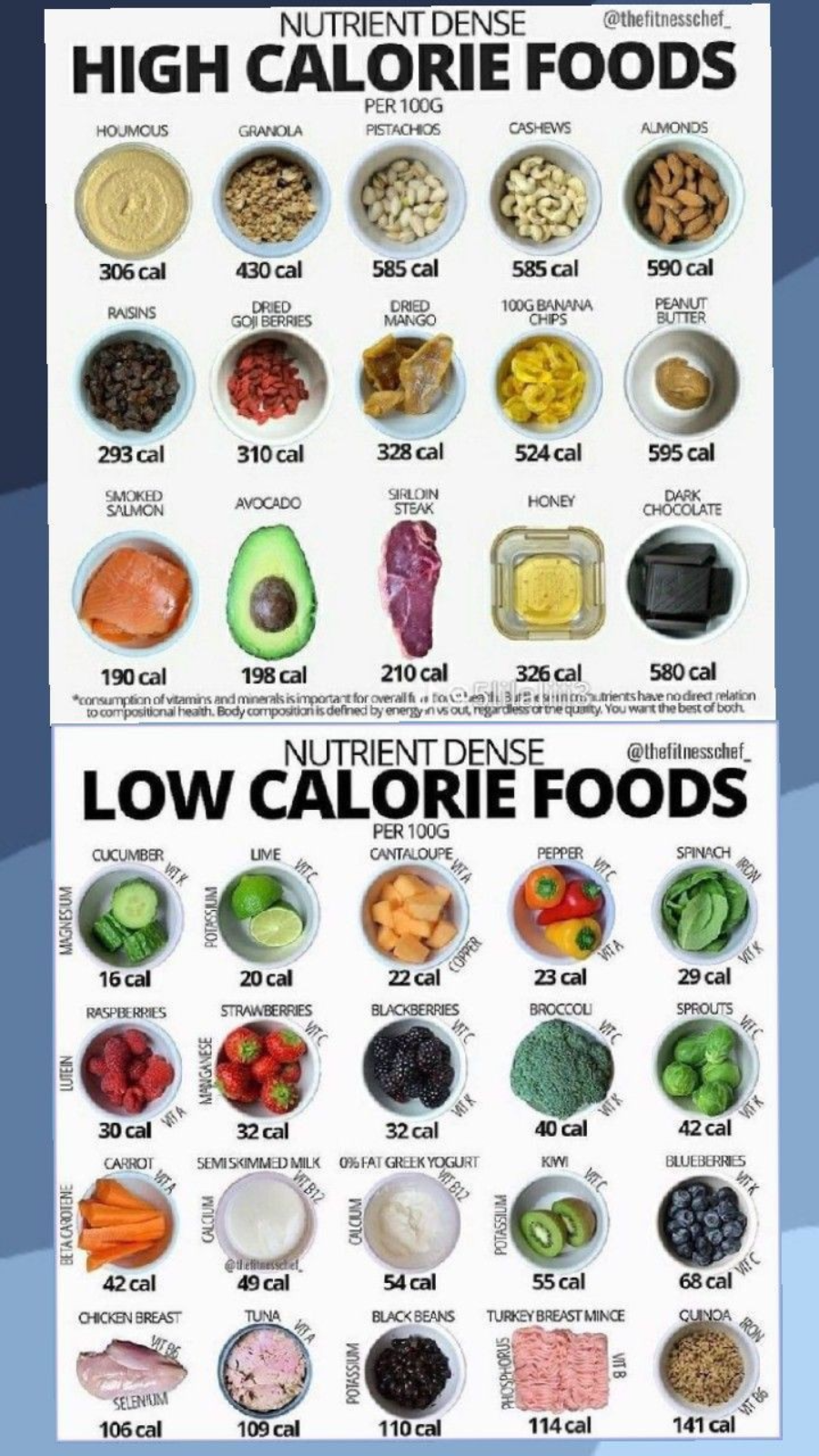

Calorie :
In the fields of nutrition and food science, the terms "calorie" and "cal" can denote either the large or small unit, depending on where you live in the world. It is typically used to indicate the energy content of foods in terms of calories per serving or weight, as well as suggested dietary calorie intake and metabolic rates, in publications and on product labels. The term "calorie" and its symbol in physics and chemistry often refer to the small unit; the large unit is known as the "kilocalorie" (kcal). Nonetheless, the kcal is not recognized as an official component of the International System of Units (SI) and is considered outdated, as it has been superseded in numerous applications by the SI-derived joule (J) or kilojoule (kJ) for 1000 joules. Calories come in four different chemistries, or sorts, which might sound familiar: alcohol, lipids, proteins, and carbohydrates. Human health requires the first three chemicals, but not the last one (alcohol).
Calorie in food:

The following are some facts regarding calories:
little calories and kilocalories, or "big calories". One thousand tiny calories is equivalent to one kilocalorie. sources of energy The primary components of food that provide calories are proteins, lipids, and carbohydrates. Calorie storing The extra energy that the body stores as fat occurs when it consumes more calories than it needs. When food is scarce, the body burns stored fat for energy. consumption of calories Numerous factors, including as age, exercise level, height, weight, and gender, affect how many calories a person consumes. labels with nutrition facts It is mandatory for food and beverage producers to provide a nutrition facts label on their products, outlining the energy content per serving or weight. The main ingredients that provide empty calories are added sugars and solid fats. The main source of empty calories for Americans is sugar-filled beverages.
How are food calories calculated?
By placing food in a bomb calorimeter and measuring the energy output, one can calculate the calorie content of food: The measurement of heat produced equals energy.
The calorie value of a food is usually estimated by multiplying the protein, fat, carbohydrate and alcohol content by the appropriate factors.
How can I measure the calories in food?
Determine the kilocalories/gram by consulting the food sample's nutrition label. (Divide the number of grams in a serving by the number of calories.) Compare the calculated energy content from the nutrition label with your empirically obtained energy content (measured in kilocalories/gram).
Consume high-calorie foods that are added to food to improve its flavor, such as butter, honey, and brown sugar. Sauces, gravies, and oils. peanut butter. yogurt, sour cream, mayonnaise, and whole milk.
" Healthy food
makes you feel good"
